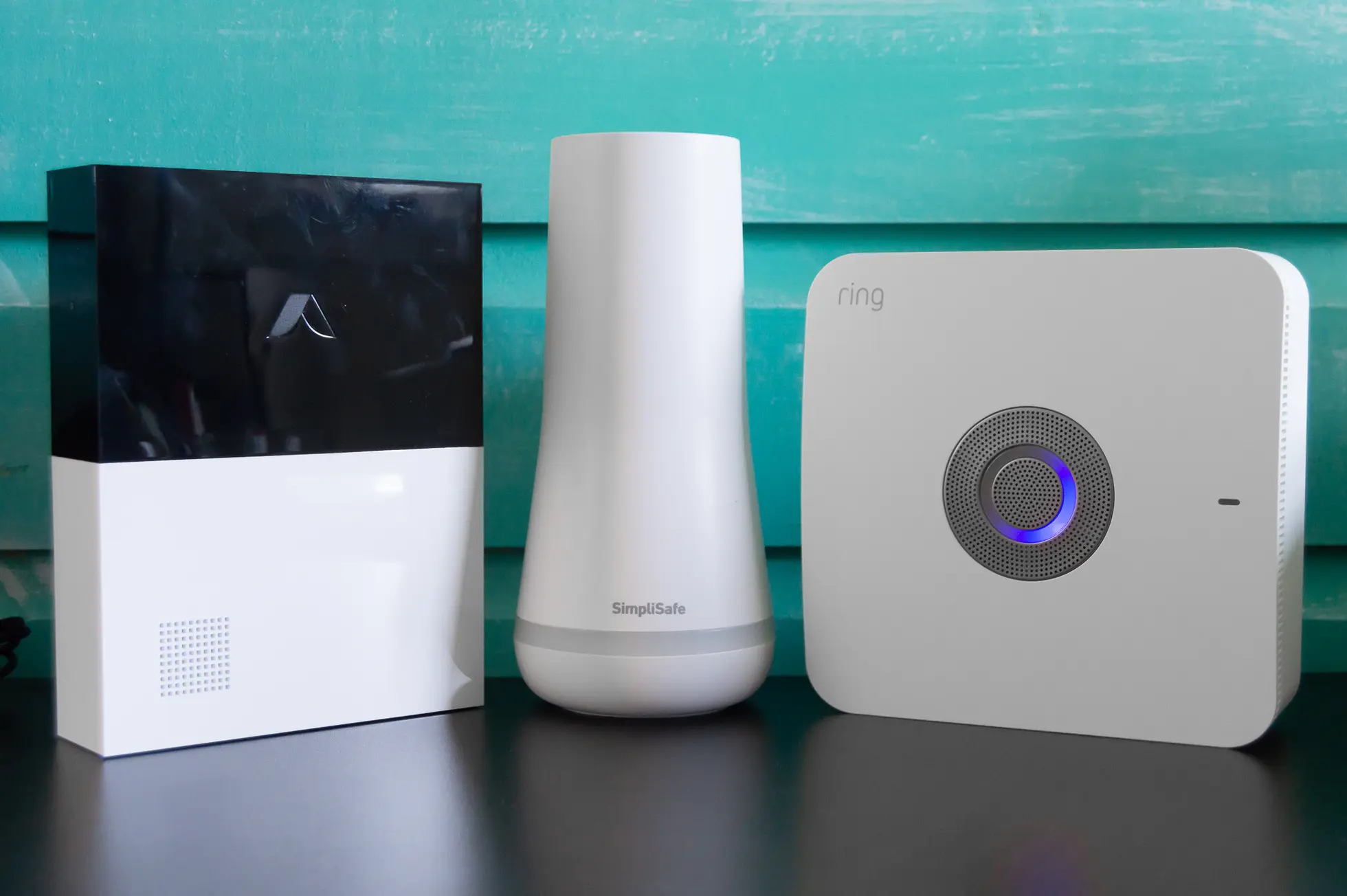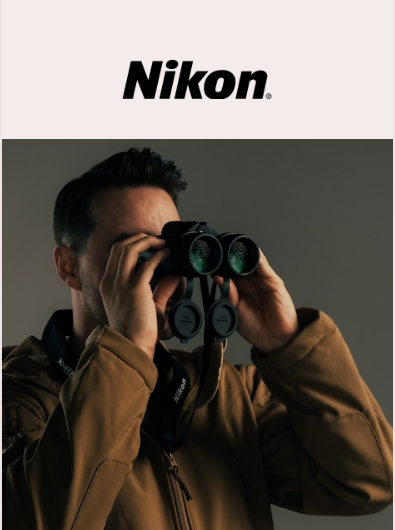
Achieving peace of mind for your home doesn’t have to be pricey or difficult.
Traditional home security systems often require long contracts and expensive professional installation, but most smart DIY security systems are affordable and easy to install, and they allow you to pay for a monitoring plan only when you want it.
Ring offers two of the best-performing and easy-to-use DIY home security systems we’ve tested: the Ring Alarm Pro and the original Ring Alarm. You can set up and control either system using the same simple smartphone app, and you can customize yours to suit your preferences with a wide range of add-on accessories. Ring also offers more camera and video-doorbell options than any of our other picks, and its monitoring plan is the most comprehensive and one of the least expensive.
Ring has the best-performing sensors and devices of any system we tested. It also offers the biggest bang for your buck when it comes to professional monitoring. In October 2024, Ring made changes to its subscription plans, which means you’ll spend anywhere between $20 to $30 per month to get monitoring. Both plans also include 180 days of video history, with the higher one adding in 24/7 backup internet and 24/7 video recording. The Ring Alarm Pro system is a standout because it also has a built-in Eero Wi-Fi 6 router. That allows you to replace your standard home Wi-Fi router, depending on your service, or even create a wireless mesh network, which can improve your Wi-Fi’s range and speed—a big help for security cameras and other smart-home devices around the house. Ring also added back in self-monitoring, which allows users to receive smartphone notifications, but not arm or disarm the system using the app, so you’ll probably want the monitoring plan (and we don’t really recommend self-monitoring anyway).
The Ring Alarm system offers the same great performance as the Ring Alarm Pro does. It’s reliable, it’s fast, and it has an excellent selection of add-ons, including more cameras and doorbells than you can find for any of our other picks. The only difference is that this model does not include a built-in Eero 6 router, but if you already have a mesh network or don’t want one, you can get almost the exact same security system for less money.
SimpliSafe is the only one of our picks to offer true self-monitoring, which means you can arm or disarm the system from the app and receive smartphone alerts when a sensor is triggered without having to pay a monthly fee. We strongly recommend paying for professional monitoring, however, and so the good news is that SimpliSafe’s monitoring prices are both competitive and adjustable based on your needs. The company offers a good selection of accessories, including door, smoke, and other sensors, as well as indoor and outdoor video cameras, a doorbell camera, and a smart lock. Other than smart speakers, the only non-SimpliSafe devices this system is compatible with are August locks.
Abode is for the smart-home enthusiast who wants a security system that can integrate with smart lighting, thermostats, voice-controlled speakers, and other connected devices—and who doesn’t mind going through the steps to put together that type of setup. Abode supports both Zigbee- and Z-Wave–enabled devices, as well as Amazon Alexa, Apple Home (HomeKit), Google Home, and IFTTT (If This Then That). That type of support comes at a price: We found Abode accessories and live monitoring to be more expensive than those of our other picks.

How we picked and tested
For this guide, we look only at DIY security systems that offer professional monitoring options—the key feature that sets a security system apart from a local alert system. We also insist on no-contract systems, because they cost less in the long run and allow you to be in total control of the equipment and monitoring services you use.
We don’t consider professionally installed systems, which usually cost substantially more, typically come with long and often onerous contracts, and rely on the same equipment and monitoring companies as self-installed systems. A good example is the Vivint Smart Home Security system, which we’ve reviewed and don’t recommend for most people.
After years of researching and reviewing security systems, we’ve also restricted our picks to systems that include the following:
A useful package of sensors and accessories: A home security starter package should come with door/window contact sensors and motion sensors. The size of your home dictates which devices you need and how many of each. We also look at the add-ons offered, including cameras, smoke alarms, and water-leak sensors.
An audible alarm: Signs and stickers could make a burglar think twice, but a piercing alarm should send them scurrying.
Battery and cellular backup: You shouldn’t have to let your guard down when the power or Wi-Fi goes out. Most systems have battery and cellular backups, but the latter usually requires a subscription plan.
Keypad: A smartphone app is a must for use when you’re away from home, but you shouldn’t have to fumble with your phone as you come and go. A keypad can sit by the front door, making it easy to arm and disarm the system.
Fire prevention: Preventing break-ins is only one part of a security setup; most systems also offer protection against fire and carbon monoxide, although those devices cost extra.
UL approval: We ask manufacturers if each system meets UL standards. For instance, the UL CP-01 listing (PDF) means that a control panel has features to reduce false alarms—that’s a good thing, since false alarms can cost you money. But since there’s no federal requirement to meet those standards, we don’t rule out systems on this basis.
To test each system, we spend weeks triggering motion and contact sensors, soaking water-leak detectors, setting off sirens, and cutting power to test battery backups. We also look at cameras, keypads, and iOS/Android apps, when available.
Keep in mind that the monitoring company’s reaction time has absolutely nothing to do with the speed at which your local authorities respond to the alarm—if they respond at all. Many municipalities have rules designed to limit the time and resources that police and fire departments waste on false alarms; you may even be fined if you have too many. For instance, Salt Lake City requires confirmation of an emergency from a responding private security guard before police are dispatched. Several cities, such as Los Angeles, also require a permit for you to even own and operate a home security system.







